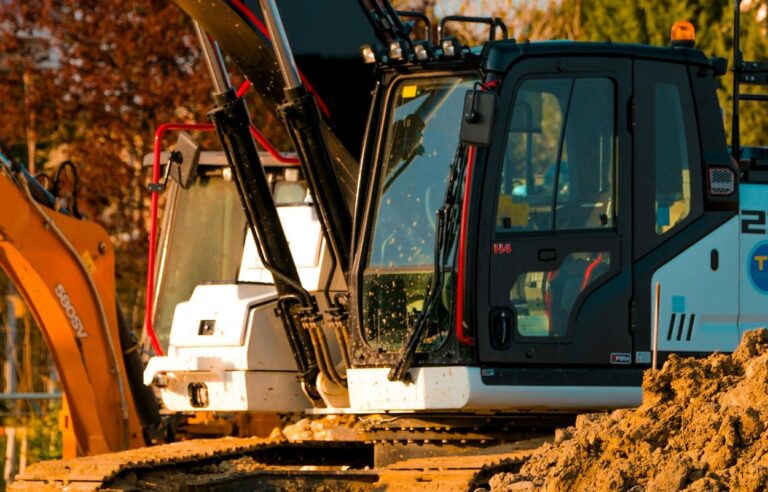
Mold is one of those things most of us don’t think about until it becomes a big, ugly problem. But when it comes to our elderly loved ones, it’s something we should definitely keep on our radar. Mold can be sneaky, growing quietly in damp, dark corners of the home, and it can cause all kinds of health issues. For older adults, who often have weaker immune systems and existing health conditions, the effects of mold exposure can be even more serious.
WHAT EXACTLY IS MOLD?
Let’s start with the basics. Mold is a type of fungus that thrives in warm, damp environments. It spreads by releasing tiny, lightweight spores that float through the air. You’ve probably seen mold growing on old bread or in the bathroom where moisture builds up. But it can grow just about anywhere moisture lingers—basements, kitchens, attics, and even inside walls.
And here’s the thing: Mold isn’t always visible. It can hide behind wallpaper, under carpets, or even inside air conditioning systems. Just because you can’t see it doesn’t mean it’s not there, quietly spreading and releasing harmful spores into the air.
WHY THE ELDERLY ARE MORE AT RISK
So, why does mold exposure hit older adults harder? The answer mostly comes down to their health and immune systems. As people age, their immune systems tend to weaken. This natural aging process makes it harder for their bodies to fight off harmful substances, including mold spores.
Also, seniors are more likely to have respiratory conditions like asthma, chronic obstructive pulmonary disease (COPD), or even pneumonia. When mold spores are inhaled, they can trigger severe reactions in people with these conditions. And if someone has a weakened immune system due to age or illness, their body may struggle to fend off mold-related infections.
Plus, let’s not forget that elderly individuals may spend more time indoors, especially if mobility is an issue. That means prolonged exposure to moldy environments can make things even worse. For those with allergies or respiratory problems, the constant presence of mold can be a real nightmare.
COMMON SYMPTOMS OF MOLD EXPOSURE IN THE ELDERLY
The tricky thing about mold exposure is that the symptoms can be pretty vague. They often look like symptoms of a common cold or allergy, which makes it easy to brush them off. But if an elderly person is exposed to mold for a long time, those symptoms can escalate. Some of the most common symptoms include persistent coughing or wheezing, itchy, watery eyes, a stuffy or runny nose, skin irritation or rashes, headaches, difficulty breathing, and fatigue.
For seniors with respiratory issues, these symptoms can become quite severe, making it even more important to address the problem quickly. And here’s the thing—not everyone reacts to mold exposure the same way. Some people might show symptoms almost immediately, while others could be exposed for a long time before anything noticeable happens.
SERIOUS HEALTH RISKS TO WATCH OUT FOR
For the elderly, exposure to mold doesn’t just cause annoying symptoms—it can lead to serious health problems. In some cases, mold exposure can result in respiratory infections or even worsen existing lung conditions. For those with weakened immune systems, the risks are even higher.
There’s also the issue of mycotoxins. Certain molds release these toxic substances, which can cause even more severe reactions. Symptoms of mycotoxin exposure may include dizziness, cognitive issues, and even damage to the nervous system. It’s scary stuff, especially when you consider how easy it is for mold to grow in the home.
Some studies even suggest that long-term mold exposure can contribute to mental health problems like memory loss or confusion. While research is ongoing, the evidence points to the fact that mold exposure should never be taken lightly, especially for our elderly loved ones.
PREVENTING MOLD EXPOSURE
The good news? Mold exposure is preventable! Keeping your home dry and clean makes all the difference. Regularly checking areas prone to moisture—like bathrooms, kitchens, basements, and attics—helps catch mold growth before it becomes a big problem.
Proper ventilation is also key. Making sure air circulates well in the home reduces moisture buildup. And, of course, fixing leaks right away can stop mold from finding a cozy spot to grow. If you live in a damp area, consider using dehumidifiers to keep moisture levels under control.
WHEN TO CONSIDER PROFESSIONAL MOLD ABATEMENT
If you’ve spotted mold or even just suspect it’s lurking somewhere, it’s worth getting professional help. Experts who specialize in mold abatement in Port Alberni have the tools and knowledge to identify and eliminate mold safely. While there are DIY mold removal methods out there, they’re not always enough—especially when it comes to protecting the health of elderly family members.
Hiring professionals ensures that the mold is removed completely and safely. Plus, they can give you advice on preventing future mold problems, which is just as important as dealing with the current issue.
THE IMPORTANCE OF EARLY ACTION
If you have elderly loved ones living at home or even in a care facility, don’t wait until symptoms appear to take action. Mold can be a silent but serious threat, particularly for those whose health is already fragile. Regularly inspect their living spaces and make sure any moisture problems are dealt with immediately.
And if you do find mold, don’t hesitate to call in the experts. Remember, mold abatement in Port Alberni services are available to help keep your home safe and healthy.
FINAL THOUGHTS
Mold might seem like just an annoying household nuisance, but for the elderly, it can be so much more than that. Keeping an eye out for potential mold growth and acting quickly when it’s found can make a huge difference. And remember, if you need help with mold abatement in Port Alberni, there are professionals ready to assist. A little vigilance can go a long way in keeping your loved ones safe and healthy.



